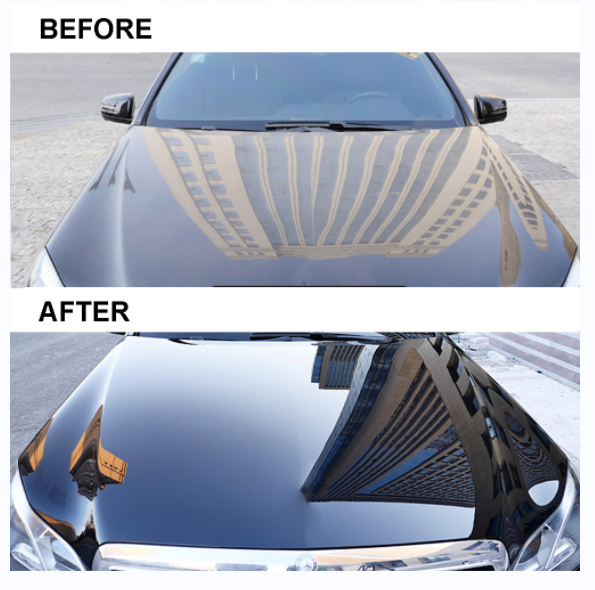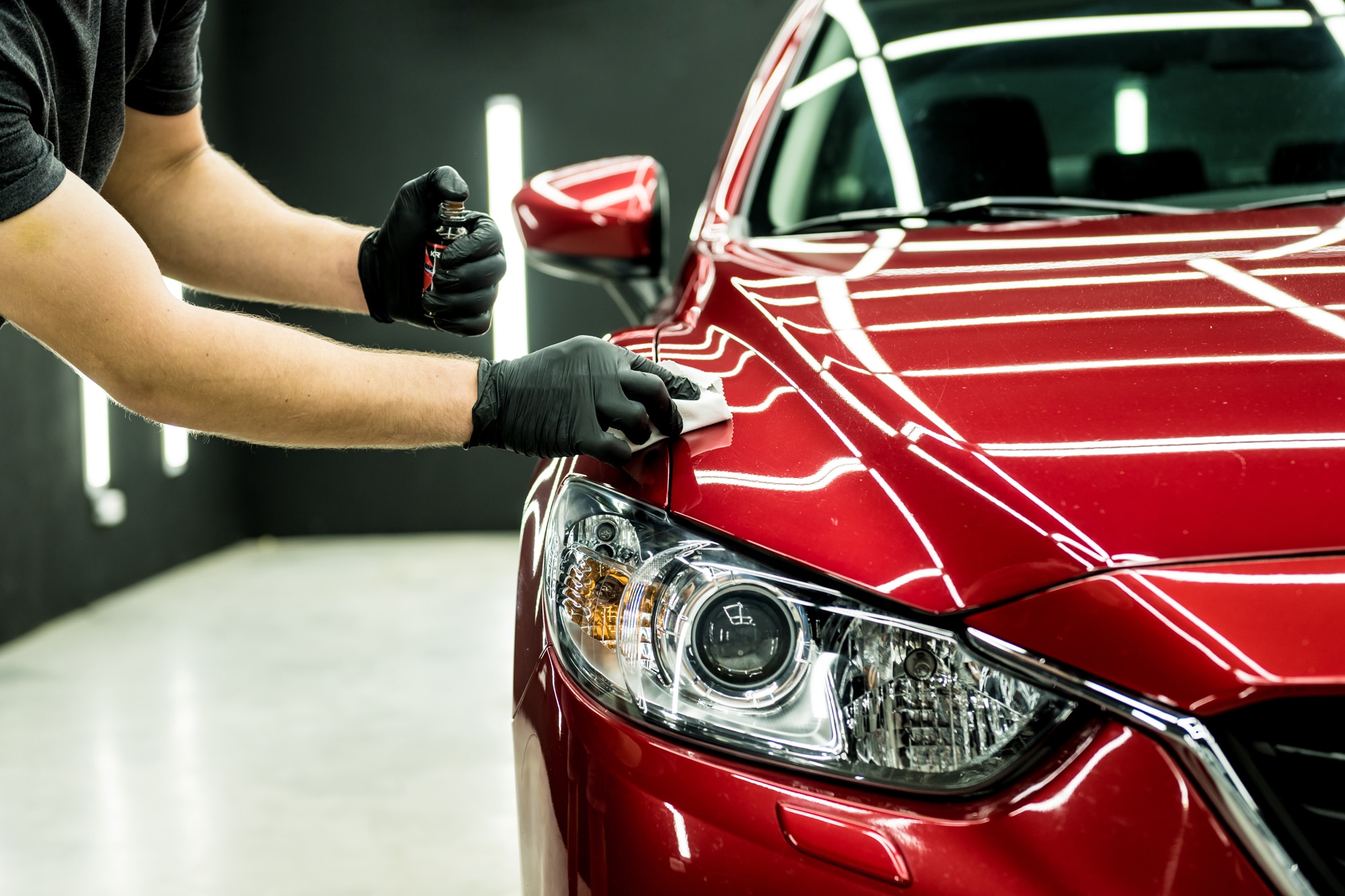A Comprehensive Overview to the Types of Ceramic Covering on the marketplace
Ceramic coverings have arised as a critical remedy throughout various markets due to their one-of-a-kind properties and applications. From silica-based formulations recognized for their toughness to crossbreed options that combine multiple advantages, the selections offered can be frustrating. Understanding the subtleties of each type, including their details advantages and suitable use situations, is essential for making notified choices. As we discover the distinctive features and applications of these coatings, the ramifications for efficiency and longevity become progressively noticeable, questioning concerning which kind might best fit your demands.
Comprehending Ceramic Coatings
Ceramic coatings are advanced protective solutions that have gained appeal in numerous sectors, specifically in aerospace and auto applications. These coatings are composed of a fluid polymer that, when treated, develops a resilient, hydrophobic layer on the surface of the substrate. This layer provides boosted resistance to ecological pollutants, UV radiation, and chemical exposure, thereby prolonging the life and visual charm of the underlying material.
The fundamental part of ceramic finishes is silica, which adds to their firmness and resilience. The application process typically entails surface area preparation, application of the layer, and healing, which can be accomplished through heat or UV light. When healed, ceramic coverings exhibit exceptional bonding residential properties, permitting them to stick highly to a variety of surface areas, including steels, plastics, and glass.
Along with their protective attributes, ceramic finishes also supply simplicity of maintenance. Their hydrophobic nature minimizes the adherence of dirt and crud, making cleaning less complex and less constant. In general, the fostering of ceramic coverings stands for a considerable advancement in surface defense technology, giving both functional and visual advantages throughout multiple markets.
Types of Ceramic Coatings
Different kinds of ceramic coverings are readily available, each designed to satisfy details performance demands and applications. One of the most common types consist of:
Silica-based Coatings, these layers mainly include silicon dioxide and are recognized for their sturdiness and chemical resistance. They are widely used in commercial and auto applications.
Titanium Dioxide Coatings: Distinguished for their photocatalytic properties, titanium dioxide finishings are typically used in atmospheres where self-cleaning and antifungal buildings are preferable, such as in building products and automobile finishes.
Zirconia Coatings are characterized by their high-temperature stability and thermal resistance, zirconia finishings are used in applications such as generator engines and high-performance auto parts.
Alumina Coatings, Showing excellent hardness and thermal stability, alumina coatings are frequently used in wear-resistant applications, consisting of reducing devices and commercial equipment.
Hybrid Coatings:Integrating the homes of different materials, hybrid coatings provide improved performance characteristics, making them suitable for one-of-a-kind and requiring applications.
Each sort of ceramic finish serves distinct purposes, permitting customers to choose the most appropriate remedy based upon particular environmental problems and performance needs.
Advantages of Ceramic Coatings

Along with sturdiness, ceramic finishes supply outstanding hydrophobic homes, enabling very easy cleaning and maintenance. This water-repellent nature minimizes the adherence of dirt, crud, and various other impurities, which can prolong the visual appeal and capability of the surface. In addition, ceramic finishes can significantly boost thermal resistance, making them optimal for applications that sustain high temperatures.
Ceramic finishings can contribute to energy effectiveness by reflecting heat, which is specifically helpful in commercial and auto setups. In general, the many benefits of ceramic layers make them a valuable investment for different applications, ensuring optimal efficiency and security.
Application Process
When using ceramic finishes, a careful method is important to achieve optimum results. A clean surface area guarantees description correct bond of the covering.
When the surface is prepped, the next action is to apply the ceramic layer. The finishing should be used in slim layers, as thicker applications can lead to uneven surfaces.
After application, the covering calls for a particular healing time, generally varying from a few hours to a full day, relying on the item. During this time around, it is essential to avoid direct exposure to dampness or contaminants. A gentle buffing may be required after treating to boost the gloss and get rid of any high spots. Complying with these actions faithfully will optimize the effectiveness and longevity of the ceramic coating, giving a long lasting protective layer for the surface.
Maintenance and Longevity
To guarantee the durability and effectiveness of a ceramic covering, routine maintenance is important. Ceramic coverings, known for their sturdiness and protective qualities, require specific treatment routines to maximize their life-span and efficiency. The very first step in maintenance entails regular washing with try this web-site pH-neutral soap, avoiding rough chemicals that can weaken the finish. It is a good idea to wash the vehicle routinely, preferably every 2 weeks, to avoid the accumulation of impurities that might compromise the coating's honesty.
In addition to normal washing, regular examinations are important. Seek signs of wear or damages, such as hydrophobic properties decreasing or surface area imperfections. A light gloss might be applied to revitalize the layer without stripping it away. if required - Ceramic Coating Denver.
Moreover, the application of a booster spray can boost the coating's hydrophobic impacts and recover its gloss. This is specifically valuable for coverings that have been in use for a prolonged period. Eventually, by adhering to these maintenance methods, one can substantially prolong the life of a ceramic layer, making certain that it remains to supply ideal security against ecological variables and preserve the aesthetic allure of the vehicle.

Verdict
To conclude, ceramic finishings stand for a versatile option for a series of applications, providing a range of types such as silica, titanium dioxide, zirconia, and alumina. Each type provides distinctive advantages, including toughness, self-cleaning properties, high-temperature stability, and use resistance. The application procedure and recurring upkeep play critical roles in optimizing the long life and efficiency of these coatings. Overall, ceramic finishings contribute substantially to boosting the longevity and capability of numerous surface areas throughout numerous sectors.
Ceramic coatings have actually arised as a crucial remedy throughout different industries due to their unique properties and applications.Ceramic coatings are innovative protective services that have actually acquired popularity in different industries, specifically in vehicle and aerospace applications. Ceramic coverings can significantly boost thermal resistance, making them optimal for applications that endure high temperature levels.
In general, the countless advantages of ceramic coatings make them a beneficial investment for numerous applications, guaranteeing optimum performance and defense.
In final thought, ceramic coverings stand for a versatile option for a range of applications, using a variety of types such as silica, titanium zirconia, dioxide, and alumina.